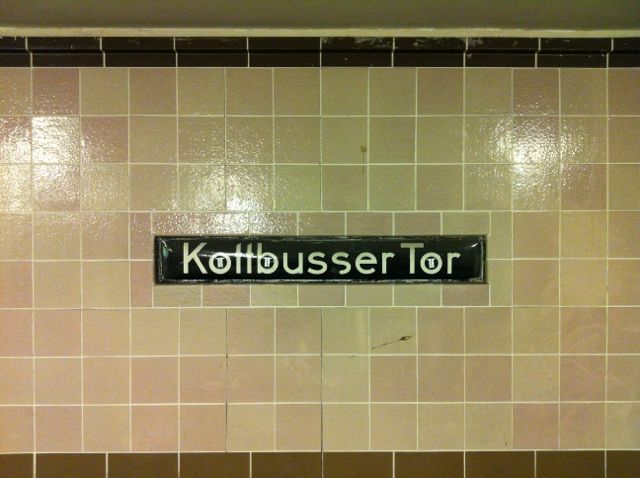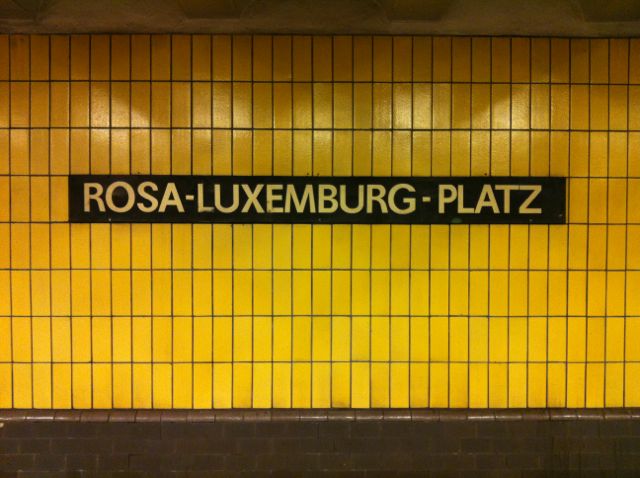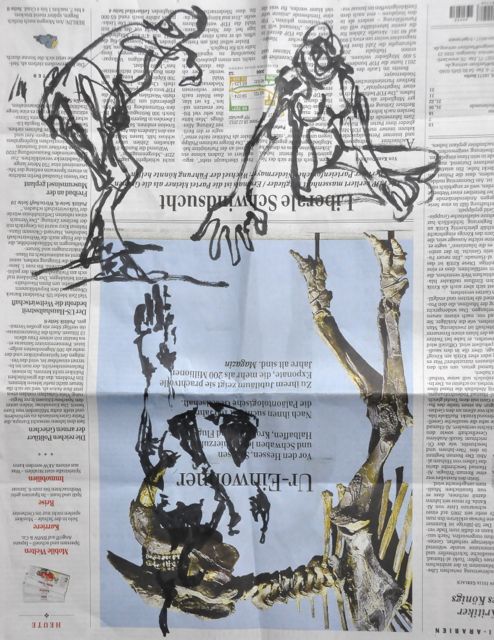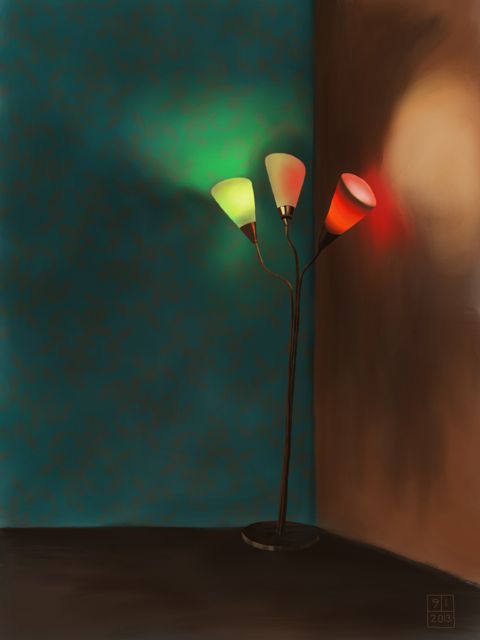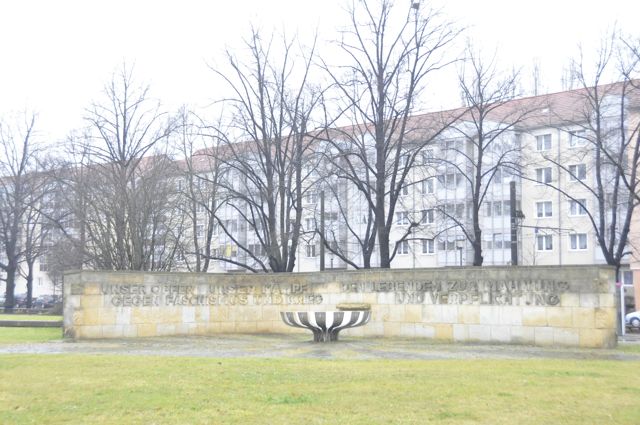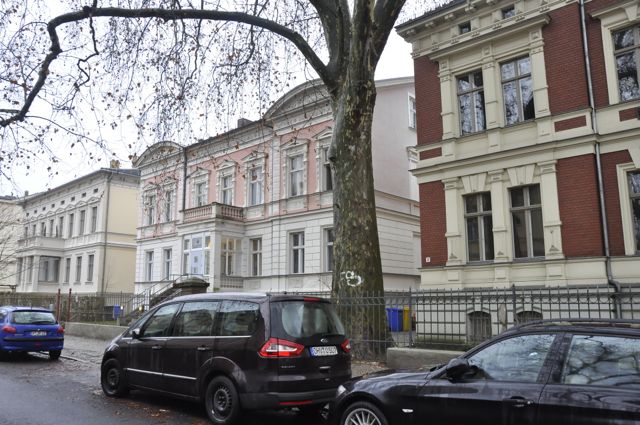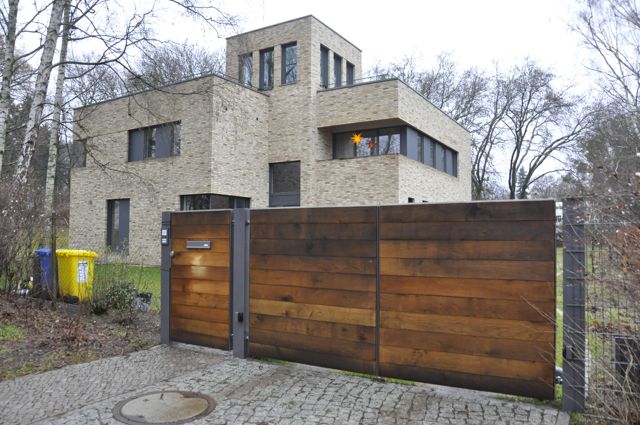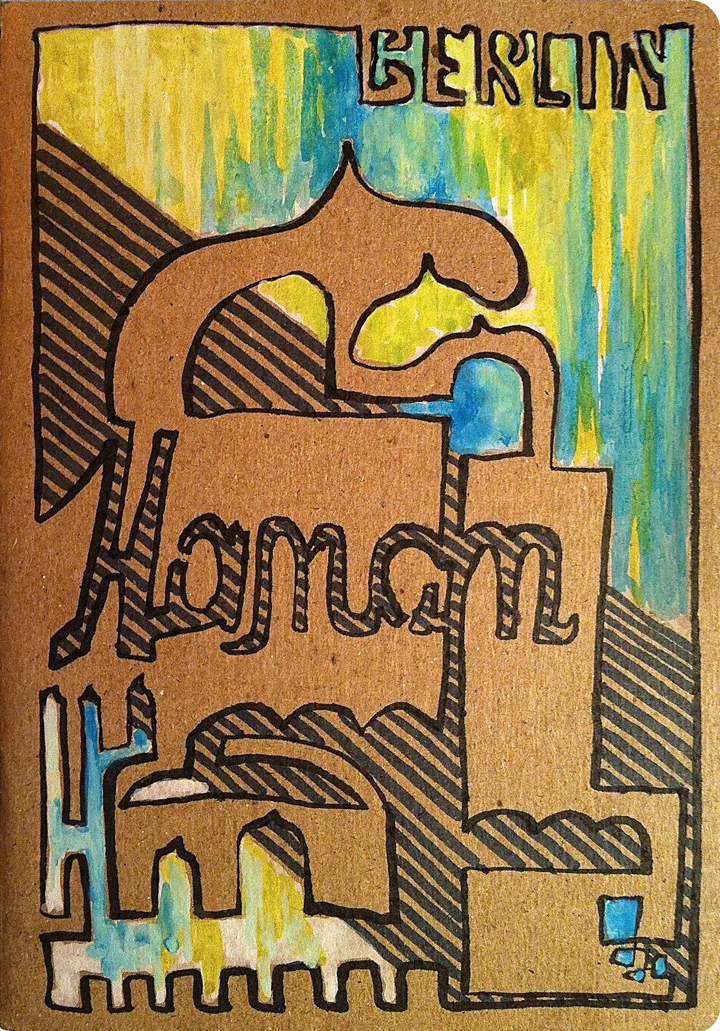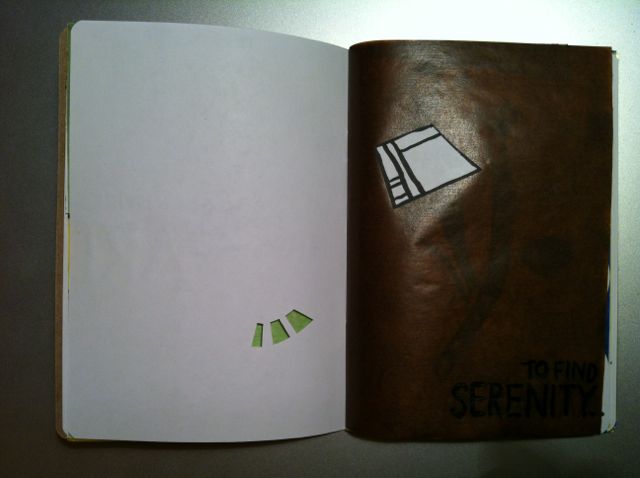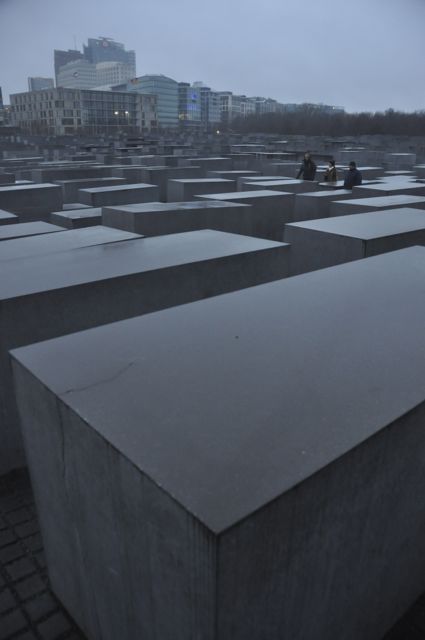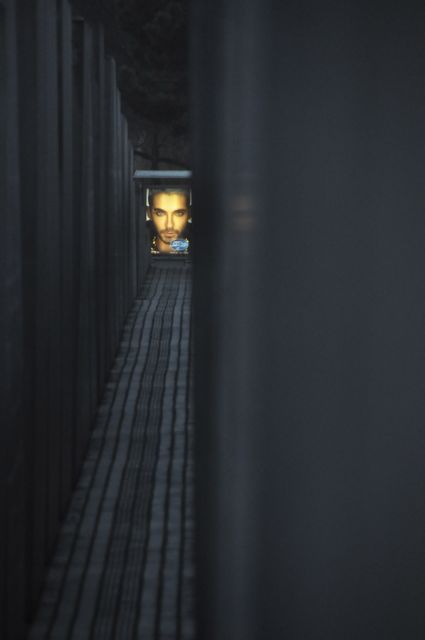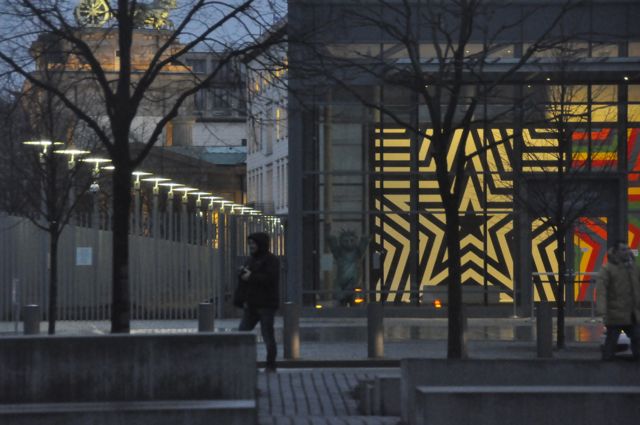
A ceramic sculpture at the Me Collection: half hare, half human, all creepy.

Two more sculptures at the Me Collection. I forgot to jot down the artists’ names.
January 24 was a big day because I picked up my friend G. at the airport in the evening.
But first I had another full Berlin day.
I am so lucky to meet locals here and get the inside scoop on interesting places to visit and to draw. Katrin and Manuela met me at the Me Collectors Room on Auguststraße 68 to sketch, and of course have a coffee or tea in the excellent cafe that is in the same space. The Me Collectors Room is one of those wild and wonderful Berlin things that I did not know existed in the world.
The Me Collectors Room continues the tradition of the “Wunderkammer”, which was a ‘cabinet of curiosities’ in the Renaissance and Baroque. As explained on the website: “Such cabinets were collectors’ rooms in which precious artworks (artificialia), rare phenomena of nature (naturalia), scientific instruments (scientifica), objects from strange worlds (exotica), and inexplicable items (mirabilia) were preserved. They reflected the standard of knowledge and view of the world at that time. Our Wunderkammer reanimates this tradition in Berlin once more.”
Another important thing to note about the Me Collectors Room is that it focusses on vanitas — objects that illustrate the vanity and shortness of life. This means the collection has a morbid tinge, which may not be pleasing to all people who view it.

Taxidermied giraffe head at the Me Collection, contrasted nicely by the ordinary Berlin street scene outside. Note the snow. It’s gotten cold and icy again.
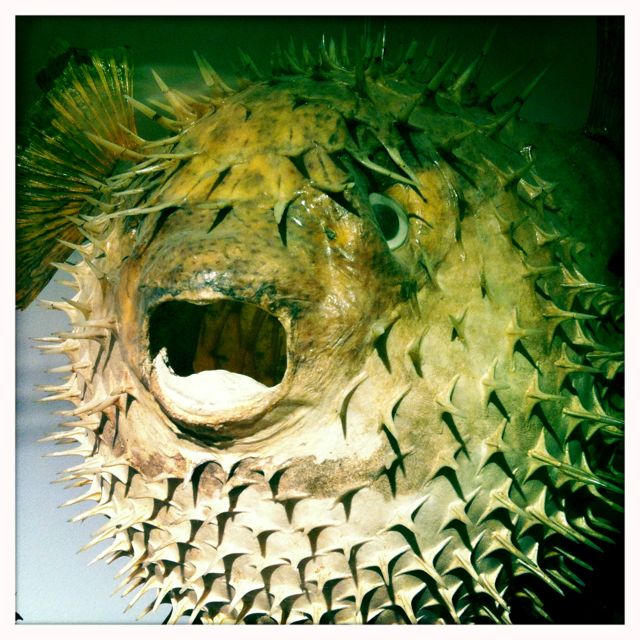
Puffer fish at the Me Collection.

A life size sculpture at the Me Collection.

Sculpture at the Me Collection.

Looking out onto Auguststrasse from inside the wonderful Me Collection coffee shop.

After I picked up my friend at the airport and got her settled in the apartment along with her jetlag, I had to jet off myself to a Mozart concert by the Berlin Philharmonic. I had made a scheduling error in booking this concert on the same night that my friend arrived, but I was able to get to the concert, even though I was a bit late and had to wait for a break in the music to be allowed to my seat. What you see here, is the outside of the Berlin Philharmonic concert hall, designed by Hans Scharoun.

This is the view from my seat at the Berlin Philharmonic hall. When you book a ticket on their website, you get a 3-D interactive view so you can preview exactly what you will be able to see from the seat you are about to buy. If you don’t like the view at that point, you can still change the seat.

I spent much of the concert quietly sketching the amazing concert hall of the Berlin Philharmonic Orchestra.
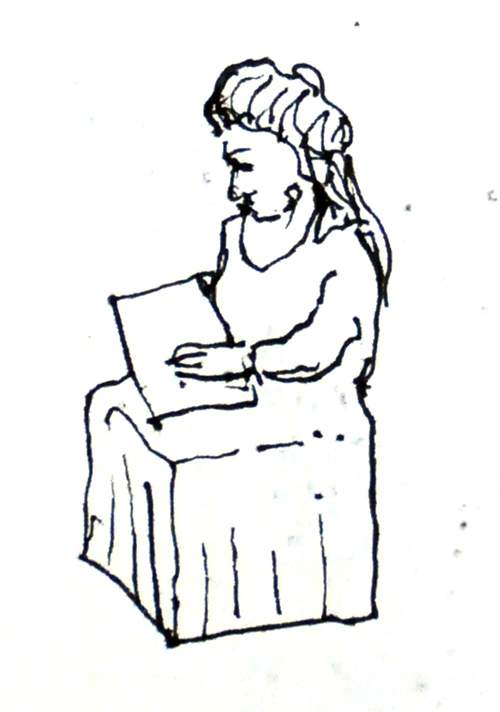
This soloist at the Berlin Philharmonic concert seemed to melt into one shape with her seat.

Interior window detail at the Berlin Philharmonic.

Interior window details at the Berlin Philharmonic.

As I am walking back from the concert to the subway, I see these glowing benches near Potsdamer Platz, Berlin.
